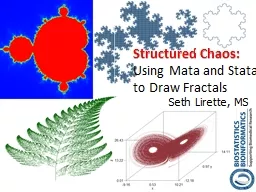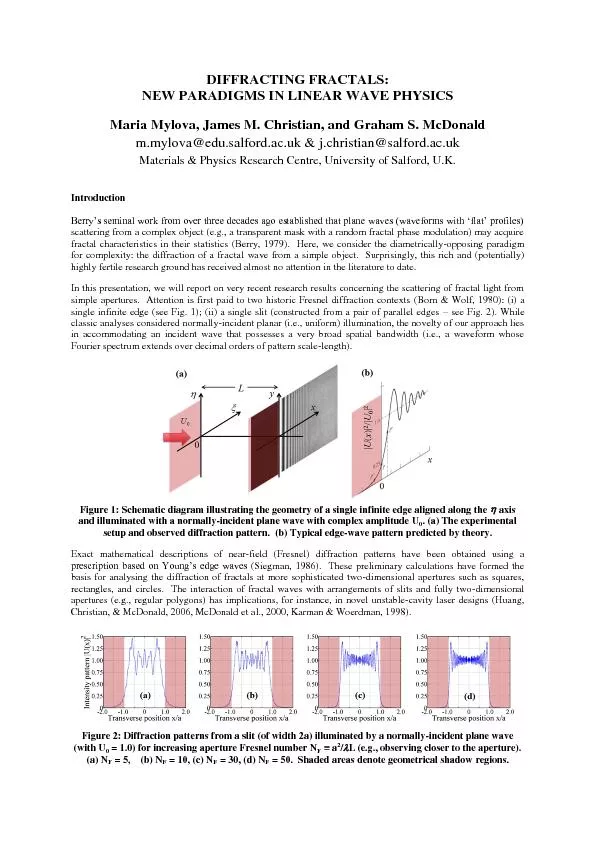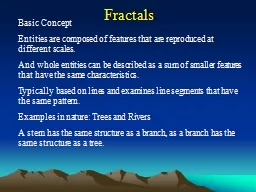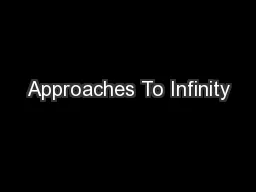PPT-Fractals everywhere
Author : conchita-marotz | Published Date : 2015-11-09
St Pauls Geometry Masterclass II Who are we Mairi Walker Final year maths PhD student at The Open University Studying links between geometry and numbers A lso interested
Presentation Embed Code
Download Presentation
Download Presentation The PPT/PDF document "Fractals everywhere" is the property of its rightful owner. Permission is granted to download and print the materials on this website for personal, non-commercial use only, and to display it on your personal computer provided you do not modify the materials and that you retain all copyright notices contained in the materials. By downloading content from our website, you accept the terms of this agreement.
Fractals everywhere: Transcript
Download Rules Of Document
"Fractals everywhere"The content belongs to its owner. You may download and print it for personal use, without modification, and keep all copyright notices. By downloading, you agree to these terms.
Related Documents














![[BOOK]-Status: Why Is It Everywhere? Why Does It Matter?: Why Is It Everywhere? Why Does](https://thumbs.docslides.com/956296/book-status-why-is-it-everywhere-why-does-it-matter-why-is-it-everywhere-why-does-it-matter.jpg)